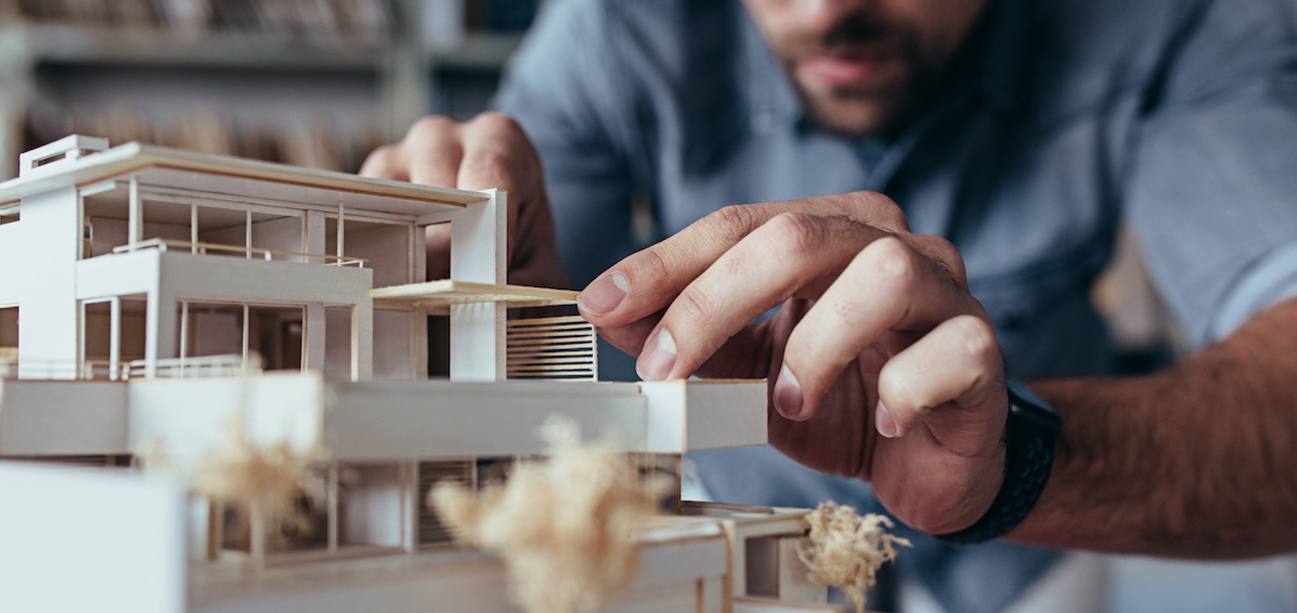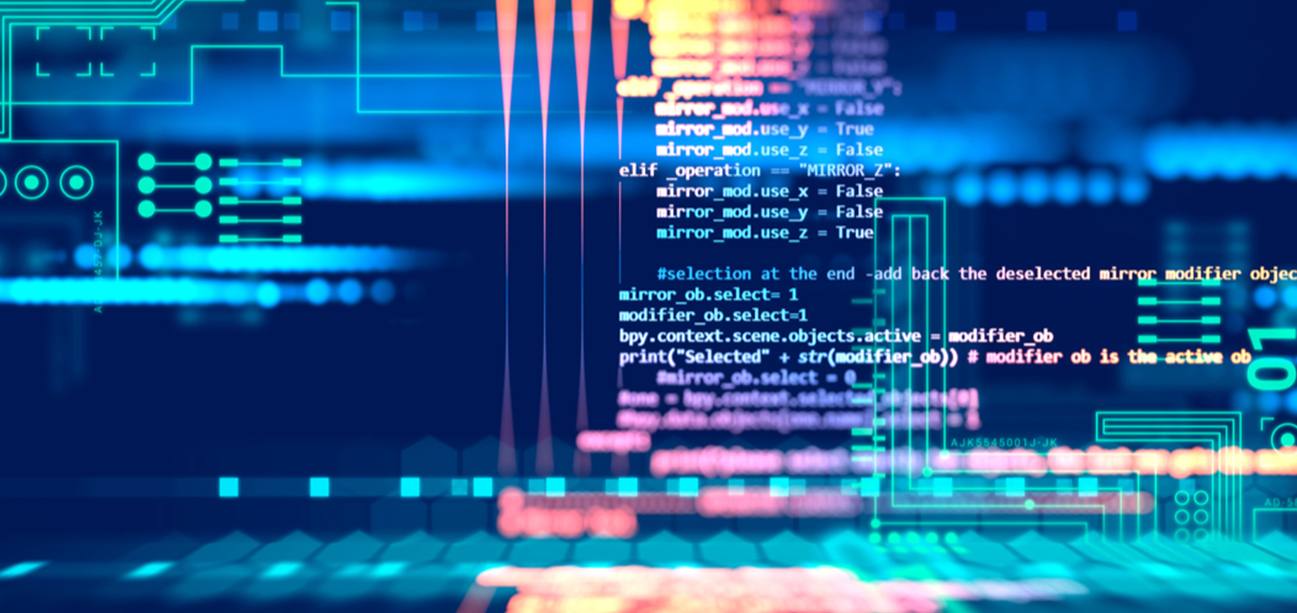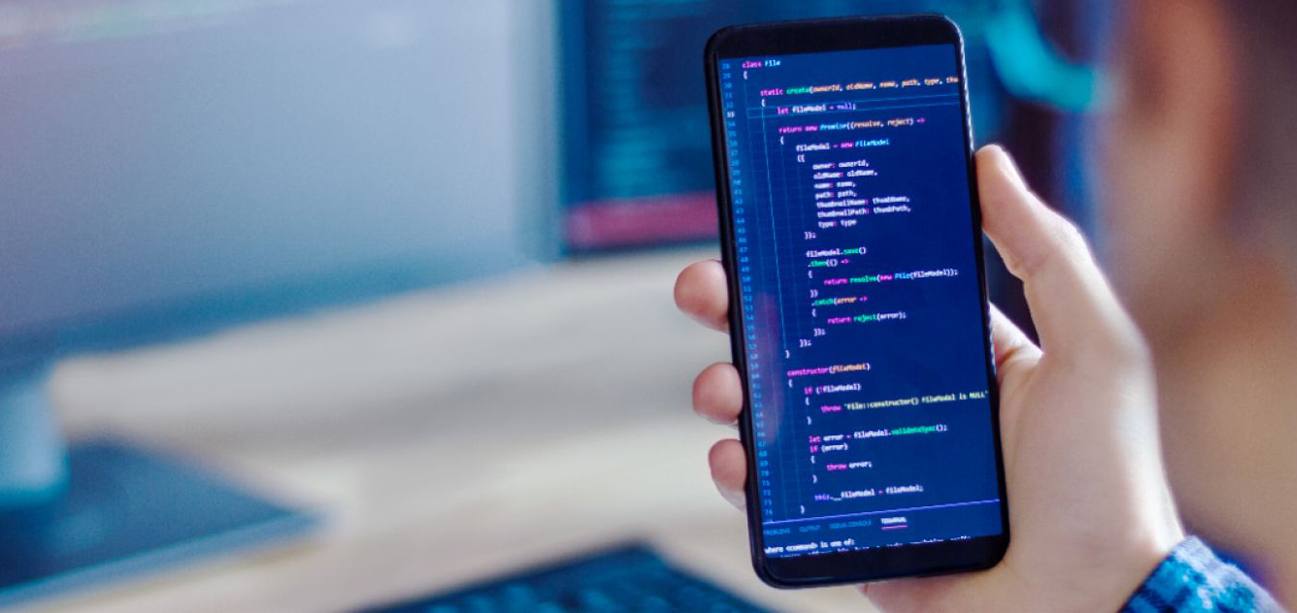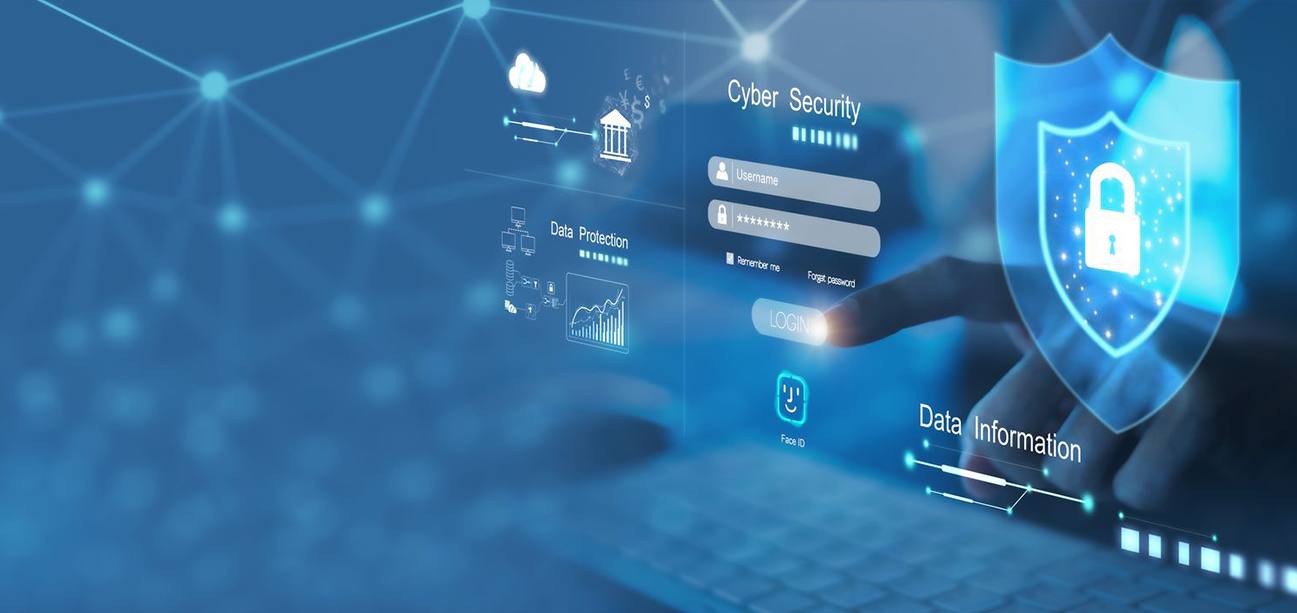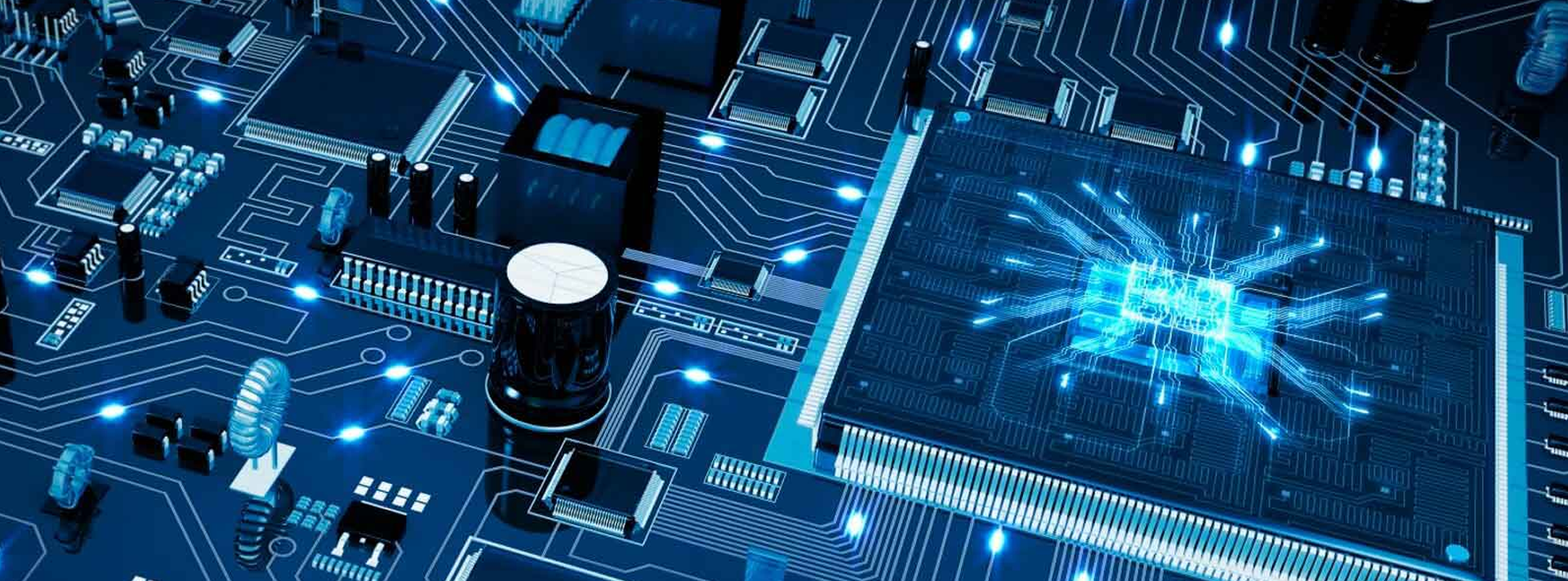
Experiment and execute your ideas into polished product’s preliminary accounts through our IoT Hardware Prototyping service. We help with the management and censoring of the prototype development, which is the foremost step in the creation of your successful IoT product. Connect all of your projects to the device with the aid of our employed latest technologies and skills of IoT developers. It is not a task that can be done by anyone. Instead, we are here to offer you the best help.
From the user interface and backend software to system connectivity, we have devised a methodology for each stage and method. We did so to enable you to gather insights and solving of your challenges. Validate your business easily by testing your concept through an IoT prototype so that it can be matched to your targeted audience.
We Employ Only The Cutting-edge Tech
- KNX
- Raspberry PI
- Beacons
- Crestron
- Miniature Boards
- NodeMCU
Cost and Time Effective
IoT Hardware Prototyping at our company is done not just in one way but in many to save customers time and money. We don’t take extra time in the light of service delivery, nor do we cost you hidden charges in the name of post-deployment.
Insightful Data Gathering
Our design aspect is focused on data collection. The connectivity put forward the latency level. We offer robust solutions with no worries of insufficient range, overheating, and battery running issues.
Wide Spectrum Of Sensors
IoT device is made up of sensors that help in the gathering of data and the evaluation of the surroundings. From humidity, pressure, smoke, vibration, gas, radiation, speed, closeness, and GPS position to expedition, elevation, and temperature, we can build sensors that can count all factors.
Enhanced Speed
IoT Hardware Prototyping offers applications with fast speed. The company is able to offer such solutions due to its access to an advanced tech stack and the expertise of the developer who toils their efforts.
Powered Functionality
We don’t just create for you robust IoT Hardware Prototyping solutions; instead offer you real insights to help you decide whether you should opt a different IoT protocol or need ultimate restructuring.
1) Development Kits (DKs)
If you want an easy and user-friendly solution for IoT Hardware Prototyping, the Development Kits is the solution for it. Optimize your application’s expandability with us and add use it for all short time and limited feature needs.
2) Mass Production Modules (MPMs)
If you are in search of a solution for mass production, then such mass production modules are the only way around it. With a life of 5-10 years, they offer optimization and sustainability of quite a kind.
3) MPM Evaluation Kits (EVKs)
If the mass production module complements you, but you wish to have an expanded version of it, then MPM Evaluation Kits can do that for you. Debug, develop, and work on IoT solutions with it.
Leaders in IoT Hardware Prototyping
With added years of experience and valued professionals in IoT Hardware Prototyping on board, we have provided sustainable IoT Hardware Prototyping solutions to multiple users across the industry. Choose us for the best development.
We own the power to meet your needs exactly where you want us to. From firmware development and elevated quality to manufacturing designs, we accomplish it all with our IoT Hardware Prototyping.
For my IoT device, which production process is used?
Aren’t IoT and prototyping two separate things?
Which hardware will you use for my IoT prototype project?
What is IoT Hardware Prototyping?
How can your service help in my IoT platform?
How many parts are in the Hardware of IoT?

Building The Future One Line Of Code At A Time

Mobile App Solutions For Everyone, Everywhere
We pride ourselves on our ability to bring your unique vision to life through our cutting-edge technology and innovative solutions.
Retail, Ecommerce
Education & e-learning
Healthcare & Fitness
Logistics & Distribution
Social Networking
Real Estate
Travel & Hospitality
Food & Restaurant
On-Demand Solutions
Gaming
Partnerships We Have Built Through Our Digital Solutions
At Fictive Studios, we are proud to have partnered with over 2000 businesses, ranging from startups to enterprises, to provide industry-leading mobile app development solutions tailored to their unique business needs. Every business is different, and we are passionate about helping our clients achieve their goals through our extensive range of app development services.
Start Up Business

Small & Med Business

Enterprise

Agencies

What Our Clients Say
We possess the capability to create applications across a diverse range of genres - simply specify your requirements and we'll bring your vision to life.

Let's Build Something App-tacular Together
Join forces with Fictive Studios, the premier Mobile App Development Company in the US. With our bespoke app development solutions, watch your business soar to new heights.
GET A QUOTE




